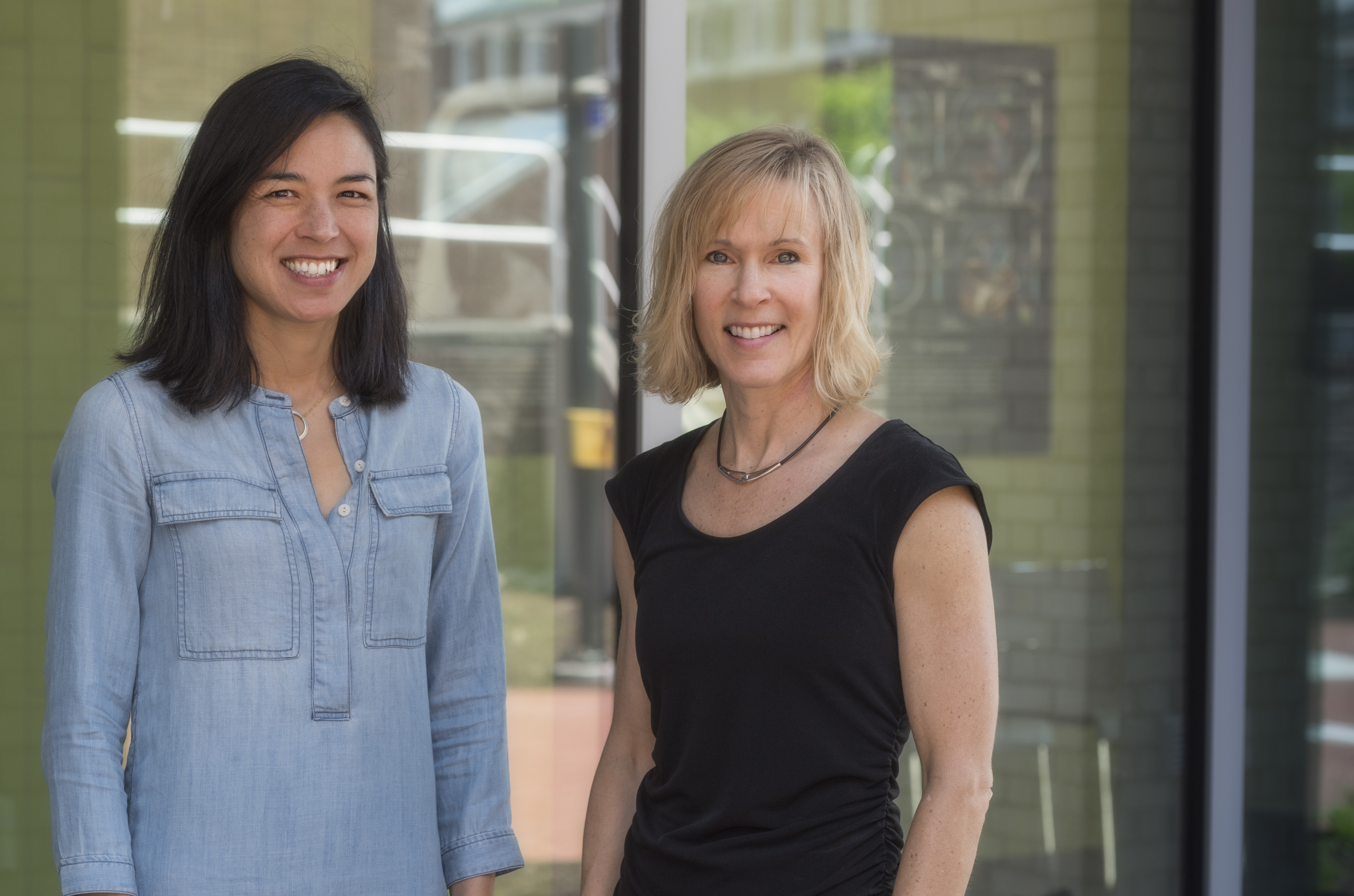

Isotope fingerprints
Jaisi laboratory tracks chemicals in water, farmland throughout Mid-Atlantic
10:15 a.m., Feb. 27, 2013--University of Delaware researcher Deb Jaisi is using his newly established stable isotope facility in the Environmental Biogeochemistry Laboratory (EBL) to find the fingerprints of isotopes in chemical elements — specifically phosphorus — in order to track sources of nutrients in the environmentally-sensitive Chesapeake Bay, other bodies of water and farmland throughout the Mid-Atlantic.
Jaisi, assistant professor in the Department of Plant and Soil Sciences in the College of Agriculture and Natural Resources, explained that he and his research team are currently working on many projects in the EBL, including two that are funded through seed grants, one focusing on terrestrial phosphorus sources and the other on marine phosphorus sources in the Chesapeake. One of those grants is from the UD Research Foundation (UDRF) and is titled “Role of Non-terrestrial Phosphorus Sources in Eutrophication in the Chesapeake Bay.”
Research Stories
Chronic wounds
Prof. Heck's legacy
For the project, Jaisi and his team of graduate students and post-doctoral researchers are looking at different sources of phosphorus in the Chesapeake Bay over time. Working with Old Dominion University, the team has been provided sediment core samples taken from bay that spans several decades of sediment accumulation and is extracting the phosphorus from those sediments and measuring the isotopic composition of phosphate.
Jaisi explained that they do this in order to identify the sources of phosphorus and see how those specific sources have changed over time in the bay, which could be important information in seeking to understand their impact on the water quality in the bay.
Jaisi said that it is important to study phosphorus because it “is one of the most important nutrients for any living being. In most cases, this is a limiting nutrient and what that means is that it controls the growth or how much life you can have out of that nutrient.”
Jaisi continued, saying, “DNA and RNA are made of phosphorus backbone -- so our bones are made of phosphorus, our teeth are made of phosphorus. You can name every part of the body and it has phosphorus, and the same is true for any other living being.”
While phosphorus is important to life, too much phosphorus — particularly in bodies of water — can cause serious ecological problems, leading to algae blooms and oxygen deficiency.
Jaisi’s group also has a U.S. Department of Agriculture (USDA) grant to compare the phosphorus plants take up to the phosphorus that is present in fertilizers, while also tracking any excess fertilizer that is used by growers to see where that fertilizer goes.
For farmers or homeowners applying phosphorus-rich fertilizer, Jaisi said it is not clear how much phosphorus from fertilizer is being taken up by plants. “We don’t explicitly understand how much phosphorus is needed or where the phosphorus ends up,” he said, adding that a phosphate oxygen isotope fingerprint tool can provide a more detailed picture. “We hope to provide a better resolution of phosphorus fate – that this phosphorus fraction leaked out of the soil and went to the ground or surface water, and this fraction is taken up by plants.”
The researchers are also looking at how rivers carry phosphorus and how far they can trace certain sources of phosphorus in a river. This research is being done in Maryland, and Jaisi explained that the group is looking at how phosphorus is leached out of soil and carried into creeks and rivers. “We are taking samples along a creek and in sediments to see how far the phosphorus can go. Does it retain somewhere in the river, or is it exported to the Chesapeake Bay?”
Isotope fingerprinting
To find the fingerprints of isotopes, Jaisi uses a machine known as a stable Isotope-Ratio Mass Spectrometer (IRMS).
Jaisi said that because “different sources may have different isotopic composition,” if he and his research team can figure out an element’s isotopic composition, they can identify how that element has impacted the environment.
“For example, if the phosphate is originating from a wastewater plant, that is one isotopic composition or one type of fingerprint. Then, compare that fingerprint to what comes out of the fertilizers, and to what comes out of soil erosion from the geological processes — that kind of phosphate has other isotopic compositions.”
The currently installed IRMS has three different components, each capable of measuring a specialized element. One is used for phosphate oxygen isotopes, one for carbon and nitrogen isotopes and one for water and carbonates. The three machines feed into the mass spectrometer via a synchronizing unit called ConFlow.
Jaisi said that such machines used to measure phosphate oxygen isotopes are not very common, with only a handful worldwide.
Although his group mainly focuses on phosphorus, the EBL and the equipment is available to other researchers at the University and outside, and can be used to measure for stable isotopes of nitrogen, carbon, sulfur and other light elements.
For more information on Jaisi’s lab, visit the website.
Article by Adam Thomas
Photos by Danielle Quigley
Video by Adam Thomas and Danielle Quigley










